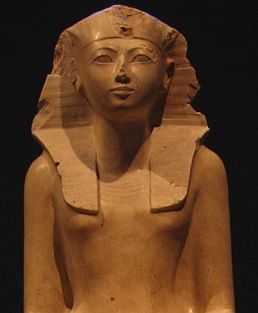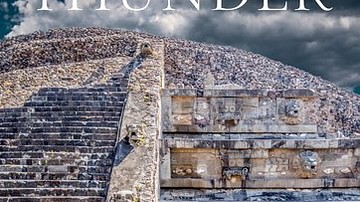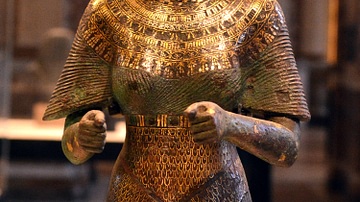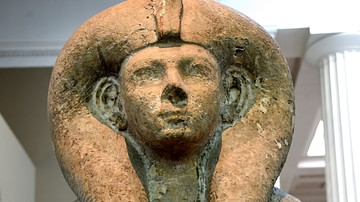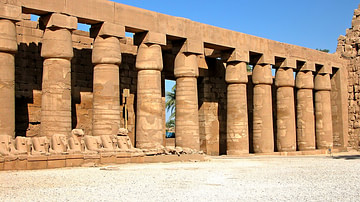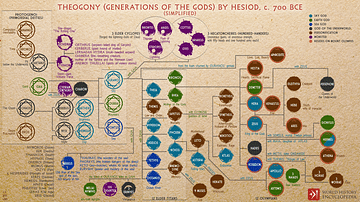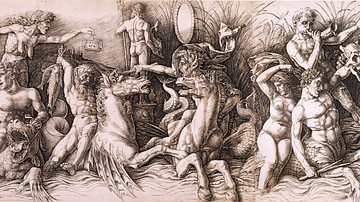Illustration
Detail of Hatshepsut, Eighteenth dynasty of Egypt, c. 1473-1458 B.C. Indurated limestone sculpture at the Metropolitan Museum of Art, New York City.
Hatshepsut is depicted in the clothing of a male king though with a feminine form. Inscriptions on the statue call her "Daughter of en:Re" and "Lady of the Two Lands." Most of the statue's fragments were excavated in 1929, by the Museum's Egyptian Expedition, near Hatshepsut's funerary temple at Deir el-Bahri in Thebes. The torso had been discovered in 1845, taken to Berlin, and acquired by the Museum in 1930.
Cite This Work
APA Style
Postdlf, . (2012, April 26). Hatshepsut. World History Encyclopedia. Retrieved from https://www.worldhistory.org/image/178/hatshepsut/
Chicago Style
Postdlf, . "Hatshepsut." World History Encyclopedia. Last modified April 26, 2012. https://www.worldhistory.org/image/178/hatshepsut/.
MLA Style
Postdlf, . "Hatshepsut." World History Encyclopedia. World History Encyclopedia, 26 Apr 2012. Web. 25 Apr 2024.
